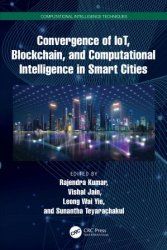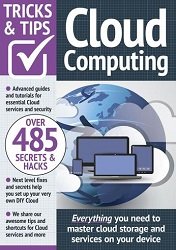- Добавил: literator
- Дата: 9-11-2023, 10:49
- Комментариев: 0
 Название: Convergence of IoT, Blockchain, and Computational Intelligence in Smart Cities
Название: Convergence of IoT, Blockchain, and Computational Intelligence in Smart CitiesАвтор: Rajendra Kumar, Vishal Jain, Leong Wai Yie, Sunantha Teyarachakul
Издательство: CRC Press
Серия: Computational Intelligence Techniques
Год: 2024
Страниц: 296
Язык: английский
Формат: pdf (true)
Размер: 20.5 MB
This edited book presents an insight for modelling, procuring, and building the smart city plan using the Internet of Things (IoT) and a security framework using blockchain technology. The applications of Li-Fi and 5G in smart cities are included, along with their implementation, challenges, and advantages. This book focuses on the use of IoT and blockchain in the day-to-day transparent and recorded activities of citizens of smart cities like, smart citizen management. The future for upgrading the system as per technological advancements is also discussed. Our lives are becoming more comfortable and tangible as a result of smart technologies. In light of that, cities are becoming “smart cities” by implementing the Internet of Things (IoT) effectively. Utilizing IoT makes it possible to use wireless sensor networks; however, each node of the IoT system is vulnerable to various threats. The Internet of Everything (IoE) and the Internet of Computing (IoC) are combined to enable greater connectivity across a range of communication channels. Blockchain suggestively uses mathematical hashing and encryption tools for data security.

 Название: Cloud Computing Tricks and Tips
Название: Cloud Computing Tricks and Tips






